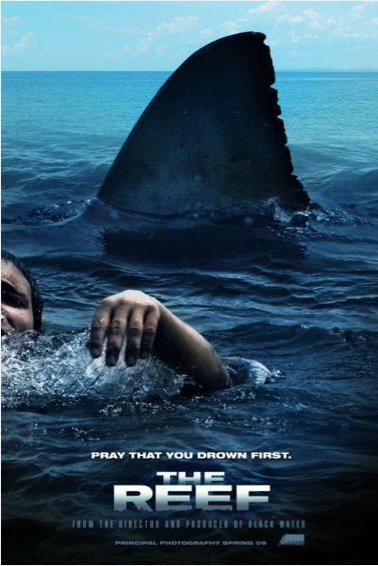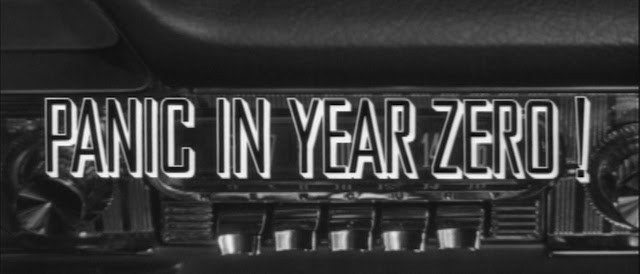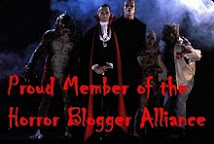"Well, everyone knows Custer died at Little Bighorn. What this book presupposes is... maybe he didn't." - Eli Cash
If you love The Royal Tenenbaums like you're supposed to, you no doubt laugh heartily whenever considering Owen Wilson's character pitching his General Custer fanfic novel. After all, it just doesn't work. The whole purpose of the Little Big Horn story is that Custer died....the story doesn't work the other way. You can't tell the story of American ignorance and the massacre that occurred and just add "Oh, but the guy in charge walked away unscathed". That's ridiculous.
Equally ridiculous would be a movie in which King Kong Lives, but that's exactly what the team of director John Guillermin and producer Dino De Laurentiis decided to give us ten years after their flaccid remake of the 1933 classic. Part medical drama and part love story, King Kong Lives seems to exist only to a) grab cash (which it failed to do, making less than $5 million at the box office) and b) provide a happier ending to the Kong story that had saddened viewers for 60+ years. De Laurentiis must have thought that viewers really wanted to see things made right for the King, but the attempts to sugar coat one of cinema's greatest tragedies quickly become quite maddening.
To be fair, the folks behind King Kong Lives do take their job very seriously - which is one of the biggest problems working against the film. Sure, King Kong was intended to be a dramatic fantasy tale in each of its previous forms, but this is the '80s, man. And you're trying to tell me that Kong is alive, that a female Kong has been found in Borneo (a throw away line of dialogue suggests that Borneo and Skull Island were once the part of the same land mass) by a low-rent Indiana Jones/Crocodile Dundee and brought in for a blood transplant, and that Sarah Conner herself (Linda Hamilton, continuing to have the sexiest/rattiest hair of the decade) is the voice of reason? I'm sorry, but you gotta back off on the heavy music and forced facial expressions if you wanna win in the '80s sci-fi scene.
 |
| As far as I can tell, this was the only "totally '80s "moment of the film |
Luckily, the film has some unique charms up its sleeve, thanks to the unintentionally hilarious weight that is given to the romantic relationships between King Kong and Lady Kong and between Hamilton's doctor and the Indy Dundee character (played by Brian Kerwin, who's allegedly a soap opera star these days). I mean, you can't really watch Linda Hamilton justify a romp in the woods with the line "We're primates too" and not laugh. The film also gets a bit of cred from me for casting the awesome John Ashton - most known as the hard-nosed Taggart in Beverly Hills Cop - as a cruel Army commander who sets his sights on the Kongs, but - once again - the film takes all of this far more seriously than it really should.
 |
| Sergeant Taggart is not amused. |
One of the great pleasures of genre cinema is when a filmmaker knows what they're making is silly and embraces that fact; allowing everyone to have fun with what's going on. It's safe to say that Guillermin never subscribed to this philosophy. Considering his two Kong films and other flicks like The Towering Inferno and Sheena, I have to wonder if Guillermin would have been known as the Michael Bay of the '70s and '80s if the internet had existed back then. His films are full of what is technically "action" but everything seems so straightforward and serious and well...kind of dull. Roger Ebert famously quipped that everyone in King Kong Lives knew they were in a boring movie, but I'm really not sure that Guillermin did. It's sad, really.
And that's pretty much what makes King Kong Lives such a fascinating turd - because everything about it stinks and at the same time it's mere existence is kind of hypnotic. They really thought this story, with these plot developments and this monkey love story could work? In the '80s? Did they not see the rest of the '80s? Were they in a coma for 10 years just like Kong was? I really want to know.
Alas, I will continue to speculate. I will sit here, and I will stare at the DVD copy of it often, and I will wonder how exactly King Kong Lives managed to be just what King Kong Lives is. I'll sit here and watch Kong wander around the southern U.S., eating gators and peeping on young lovers in Swamp Thing territory before the dramatic conclusion to Kong's journey is revealed - and I'll try to figure out just why King Kong Lives is what King Kong Lives is. If you really enjoy bad cinema - or, if you have a group of friends together who want to brainstorm one of cinema's most unnecessary films - then King Kong Lives might just keep your mind racing too.





























































